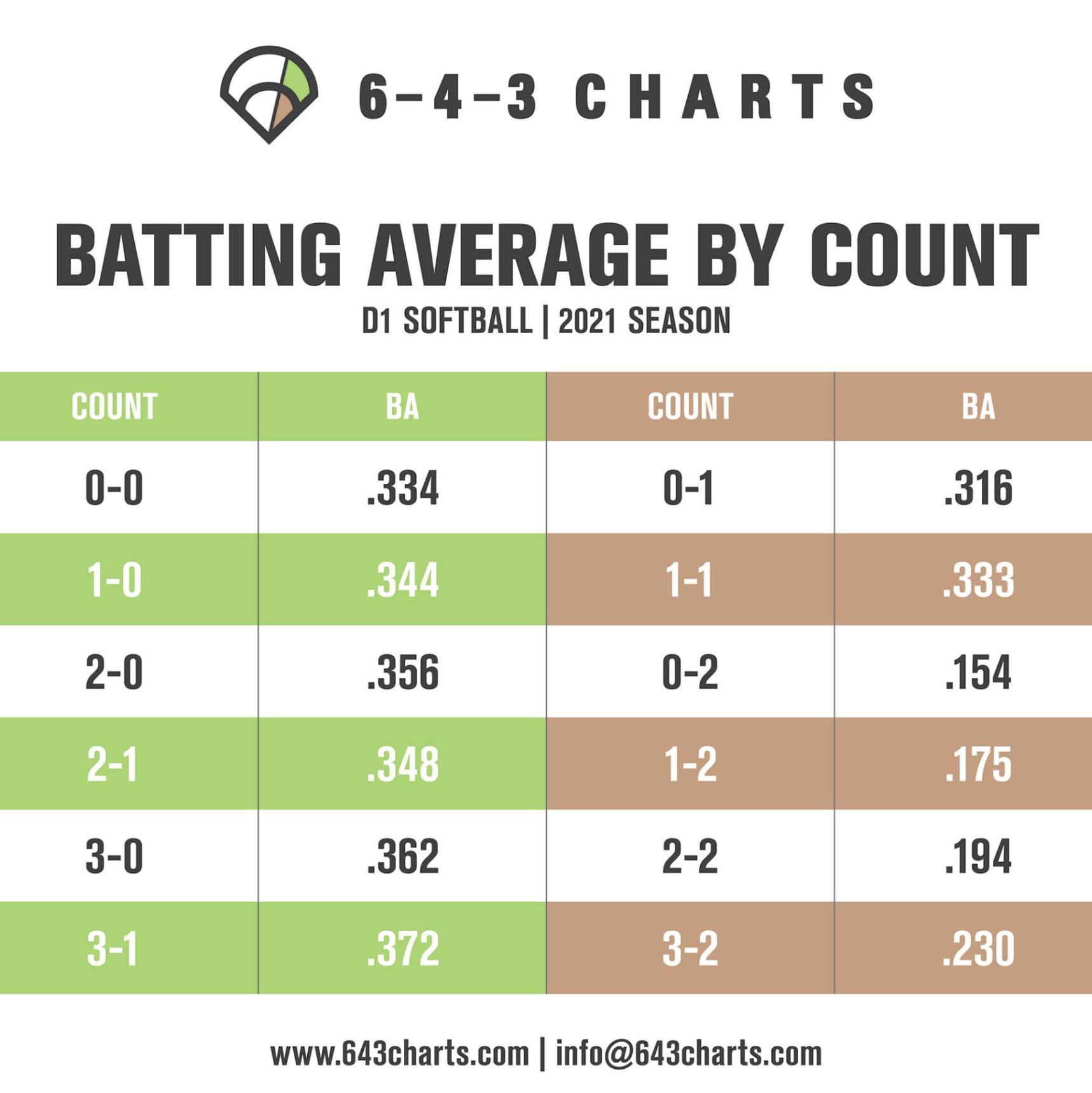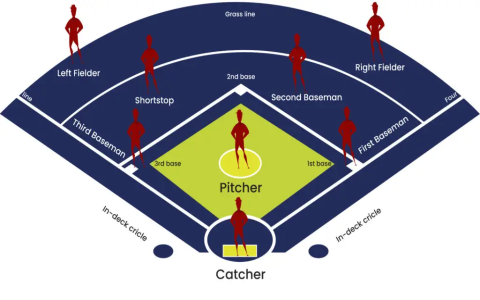What is a Good On-Base Percentage in Softball?
Softball, much like its baseball counterpart, places significant emphasis on a player’s ability to reach base. One key statistic that evaluates a player’s performance at the plate is the on-base percentage (OBP). Understanding what constitutes a good OBP can greatly enhance a player’s performance, boost their appeal to coaches, and even increase their chances of scoring runs.

On-base percentage is calculated by dividing the number of times a player reaches base (via hits, walks, and hit-by-pitches) by their total number of plate appearances, excluding sacrifice bunts or fly outs. This statistic gives a clearer picture of a player’s ability to avoid making outs and create opportunities for scoring.
So, what is considered a good OBP in softball? While this can vary based on different leagues and levels of play, a general benchmark is that an OBP of .300 or higher is viewed favorably. At the collegiate level, players often strive for an OBP of .350 or more. For elite athletes, especially those looking to play at higher levels or showcase their skills to scouts, .400 or above is often necessary.
Achieving a high OBP reflects several crucial components of a player’s skill set. Hitting ability plays a pivotal role; players who make consistent contact with the ball and find gaps in the defense will naturally have more hits. Equally important is patience at the plate. A player who can work the count and draw walks demonstrates not just skill but also the mental fortitude to help their team succeed.
The impact of a good OBP goes beyond individual performance. Players with high on-base percentages can significantly affect team dynamics. When players consistently get on base, it gives the following hitters more opportunities to drive them home, thus leading to increased run production. Coaches often prioritize players with excellent OBPs when constructing line-ups because they contribute to winning games.
Different leagues may have varying standards for what constitutes a good OBP. For instance, in youth softball, where skill levels fluctuate more widely, an OBP above .250 might already signify a strong performance. On the other hand, when moving into high school or competitive leagues, the expectations rise accordingly, with players expected to achieve higher OBP benchmarks.
To further contextualize the significance of a good OBP, consider its relationship with other statistics. For instance, a player’s slugging percentage (SLG) is vital, as it measures how well a player can hit for power. However, even the most powerful hitters may struggle if they have a low OBP. Balancing both SLG and OBP creates an ideal hitting profile, where a player not only hits for average but also demonstrates the ability to get on base regularly.
Moreover, in discussing team strategies, the concept of sacrifice flies and bunts comes into play. Players might sacrifice themselves to advance base runners or drive in runs, which could slightly affect their overall OBP. However, successful teams often factor in these maneuvers as part of a larger strategy aimed at maximizing scoring opportunities.
In competitive environments, players are often encouraged to track their OBP alongside other statistics to gauge overall performance. Instead of relying solely on batting averages, which can be misleading, a higher focus on OBP reveals more about a player’s effectiveness in contributing to the team’s success. While batting average indicates how often a player gets hits, OBP provides a more comprehensive look at their offensive capabilities.

Emphasizing the importance of mental aspects is also vital. Players with a strong understanding of how to approach each at-bat increase their chances of getting on base. This mindset includes recognizing pitch types, knowing the pitcher’s tendencies, and being able to adjust strategies based on game situations.
In conclusion, aiming for a good on-base percentage is crucial for any softball player who aspires to improve their game and contribute effectively to their team’s success. Understanding the factors that influence OBP—like the balance between hitting for average and patience at the plate—can empower players to refine their skills. By striving for a high OBP, athletes not only enhance their individual statistics but also play an essential role in their team’s overall performance, making them valuable assets on the field.



